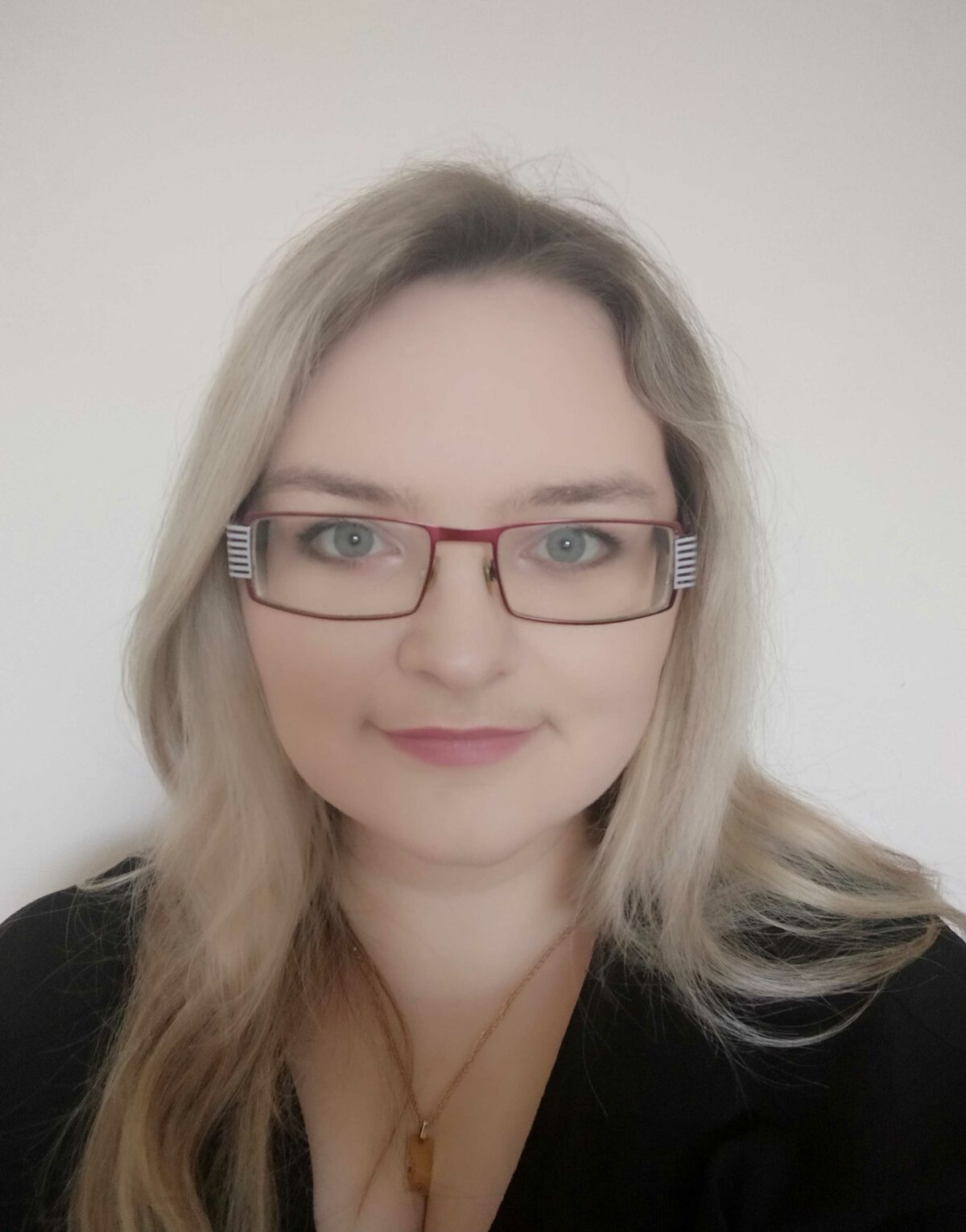Following the publication of the book “ Etonnante Chimie ” and as part of the project “ Etonnante chimie pour un grand oral percutant ” (“Amazing Chemistry for a Successful Oral Exam”), the “Metal complexes and MRI” team, led by Dr Eva Jakab Toth and Célia Bonnet, has been welcoming, for 4 consecutive years, first-year high school students from the Vaucanson high school in Tours.
Typologie d'actualités: Team Chemistry, Imaging and Exobiology
Improved protocol for metabolite extraction and identification of respiratory quinones in extremophilic Archaea grown on mineral materials.

We investigated the metabolome of the iron- and sulfur-oxidizing, extremely thermoacidophilic archaeon Metallosphaera sedula grown on mineral pyrite (FeS2). The extraction of organic materials from these microorganisms is a major challenge because of the tight contact and interaction between cells and mineral materials. Therefore, we applied an improved protocol to break the microbial cells and separate their organic constituents from the mineral surface, to extract lipophilic compounds through liquid–liquid extraction, and performed metabolomics analyses using MALDI-TOF MS and UHPLC-UHR-Q/TOF. Using this approach, we identified several molecules involved in central carbon metabolism and in the modified Entner-Doudoroff pathway found in Archaea, sulfur metabolism-related compounds, and molecules involved in the adaptation of M. sedula to extreme environments, such as metal tolerance and acid resistance. Furthermore, we identified molecules involved in microbial interactions, i.e., cell surface interactions through biofilm formation and cell–cell interactions through quorum sensing, which relies on messenger molecules for microbial communication. Moreover, we successfully extracted and identified different saturated thiophene-bearing quinones using software for advanced compound identification (MetaboScape). These quinones are respiratory chain electron carriers in M. sedula, with biomarker potential for life detection in extreme environmental conditions.
Reference :
Gfellner SV, Colas C, Gabant G, Groninga J, Cadene M, Milojevic T. Improved protocol for metabolite extraction and identification of respiratory quinones in extremophilic Archaea grown on mineral materials. Front Microbiol. 2025 Jan 8;15:1473270. doi: 10.3389/fmicb.2024.1473270
Will it be possible to soon detect copper by non invasive imaging?

In this work, in collaboration with chemists from the Institut de Chimie de Strasbourg (CNRS/Université de Strasbourg), we have designed and studied a smart MRI probe; which is switched on in the presence of copper. The design of such probes is a real challenge as free Cu(II) in vivo is present in very low quantities, typically lower than Zn(II), another physiological cation. It is therefore of prime importance to conceive probes with a maximal turn on response in the presence of Cu(II), and an excellent selectivity towards Zn(II). The probes are typically composed of an MRI active site, a linker and a Cu(II) binding site. The use of small complexing units for Cu(II) binding makes it very difficult to obtain a good selectivity. Here, we have used a bioinspired approach where the Cu(II) binding site is based on the ATCUN motif, a small peptide that binds Cu(II) in the blood. Thanks to this design, the probe displays an unprecedented turn on response, and importantly an excellent selectivity for Cu(II) vs Zn(II). Phantom MRI images obtained closed to physiological conditions show a bright contrast, illustrating the potential of such probes.
Reference :
A Bioinspired Cu2+-Responsive Magnetic Resonance Imaging Contrast Agent with Unprecedented Turn-On Response and Selectivity
Katharina Zimmeter, Agnès Pallier, Bertrand Vileno, Martina Sanadar, Frédéric Szeremeta, Carlos Platas-Iglesias, Peter Faller, Célia S. Bonnet and Angélique Sour
Inorganic Chemistry - Vol 63 - Issue 49 - 23067−23076
2 job offers open at CBM!

Multiplex imaging in the NIR-II window with lanthanide-based molecular agents: a dream or a reality?

In this work we have created a new family of lanthanide-based molecular imaging agents that can be used for multiplex imaging in the second near-infrared window (NIR-II, 1000-1700 nm). NIR-II light is particularly interesting for non-invasive, real-time imaging and diagnosis of living organisms, as it is unaffected by the native fluorescence of biological tissues and fluids, and can penetrate through them. In addition, multiplex imaging enables the simultaneous, real-time visualization of several biological markers for even more precise diagnosis of diseases and a deeper understanding of biological processes. This new family of molecular imaging agents is based on an innovative design and combines the exceptional advantages of “metallacrowns” to emit NIR-II light with those of ruthenium complexes, which exhibit strong absorption in the visible range and effectively sensitize lanthanides. Using NIR-II imaging experiments, we have been able to demonstrate that four bands from three different lanthanides can be distinguished unambiguously due to their minimal overlap, while exhibiting sufficient intensity to be detected through a tissue-mimicking phantom.
Enabling Visible Light Sensitization of YbIII, NdIII and ErIII in Dimeric LnIII/GaIII Metallacrowns through Functionalization with RuII Complexes for NIR-II Multiplex Imaging
Codruţa C. Bădescu-Singureanu, Dr. Anton S. Nizovtsev, Prof. Dr. Vincent L. Pecoraro, Prof. Dr. Stéphane Petoud, Dr. Svetlana V. Eliseeva
Angewandte Chemie International Edition 2024
https://doi-org.inc.bib.cnrs.fr/10.1002/anie.202416101
Codruta BADESCU thesis defense – 2024, December 10th

La soutenance aura lieu à huis clos.

Welcome to Nikola Baslerova !

Doctoral student Nikola Baslerova is joining the “Molecular Assemblies and Complex Systems” team for a 3-month Erasmus stay, as part of a collaboration with the University of Pardubice in the Czech Republic.
Currently in her third year of doctoral studies, she carries out her research in the field of microbiology, but collaborates with chemists. The title of her thesis is “Determination of the biological activity of boranes and heteroboranes”.
At CBM, she studies the cytotoxicity of certain synthetic molecules, in particular complex, polyhedral boranes and heteroboranes. These compounds are of potential interest for certain biomedical applications, which are currently being explored.

